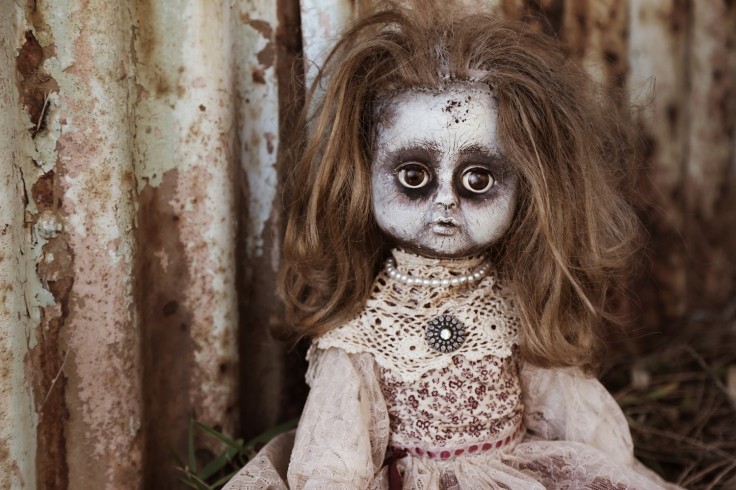
Dolls appear to be kids' best friends. They are a good companion when other forms of entertainment can't be found. But how do kids react to a creepy doll? Ophelia is a creepy doll that has been circulating in a viral TikTok video which has been a gift to a young girl. The said doll is wearing brightly colored clothing items, and the kid lets her sleep next to her. The toy has an overall creepy aura.
Most young girls love beautiful dolls, but some choose creepy dolls because they think these inanimate things are unique, allowing them to be more creative when playing.
A child's selection of toys will tickle their creativity. By that, they will learn using their imagination, Dr. Elizabeth Fredrick, Ph.D., a licensed psychotherapist in Phoenix, Arizona, says. Younger children may have not yet been prepared for what "creepy" really means. Society is the one that puts the label of "creepy" on something.
Pediophobia: The fear of dolls
Many parents desire their kids, especially little girls, to grow a fondness for dolls. But they also have to put in mind that kids are still learning the difference between fantasy from reality. Thus, seeing dolls can be terrifying for them as they appear to look like humans, and they are not yet familiar with the concept.
Dolls that are talking or moving are especially common targets of fear. This fear can be triggered by culture, horror movies, or another traumatic event. How do we know if kids have pediophobia? Children are very transparent with their emotions; it's very easy to distinguish what they are feeling. They may cry, cling to their parents, or throw tantrums.
In whatever way, just like any phobia, there are several treatment methods available, as per the healthline. There is exposure therapy to get used to seeing dolls and some anti-anxiety or antidepressant medications to help with symptoms, particularly for those who developed extreme symptoms.
Why do dolls creep people out?
Dolls are designed to look like humans, even though we know they are not human. Our brains read faces to see emotions or potential threats. So, when we see inanimate objects that look like us, we cannot read them, and it rattles our hunch.
In Sigmund Freud's essay "The Uncanny," he makes an interesting argument and describes "uncanny" as strangely familiar to represent how the doll looks. They are lifeless but not dead; they have eyes and can make eye contact though they don't have real eyes.
It's not just the uncanny at work. In actuality, popular culture plays a big part in it. Horror films like Chucky and Anabelle add to the doll's creepiness, which can be traumatic. They believe those dolls are used as an instrument for demons to take over. The stare of their hollow eyes and their lack of facial expressions give us the creeps.